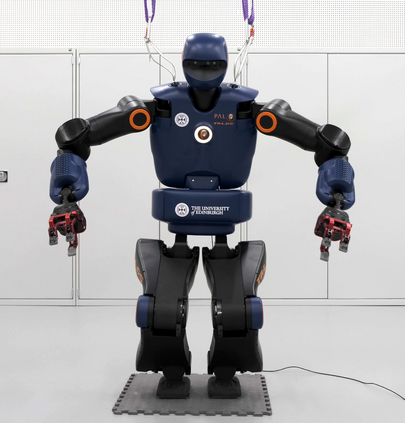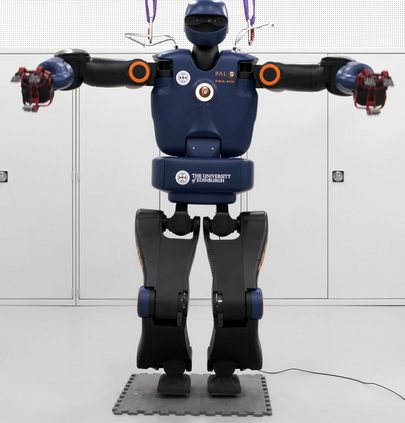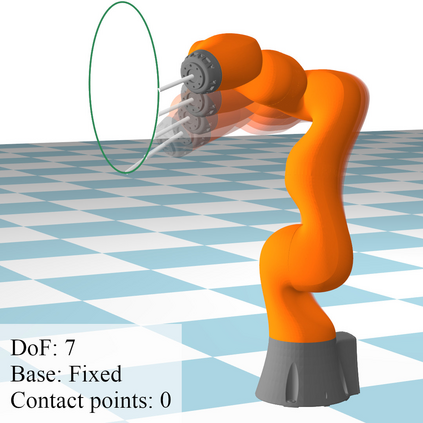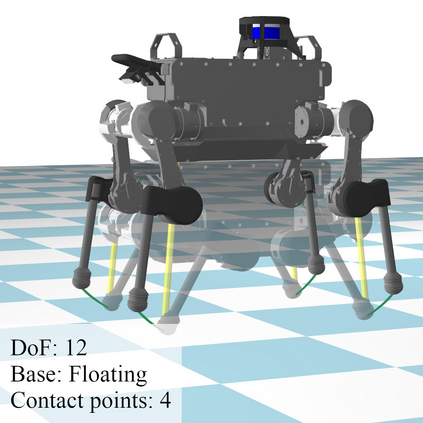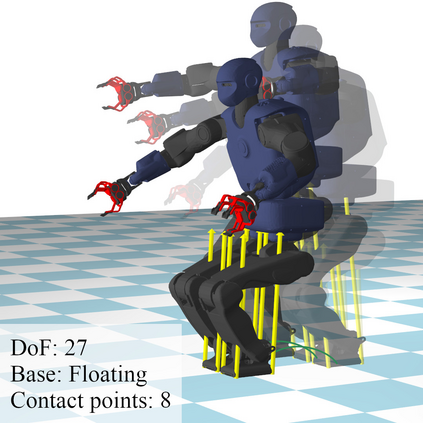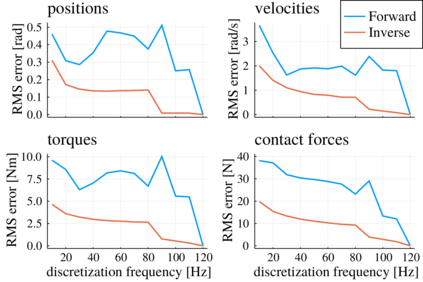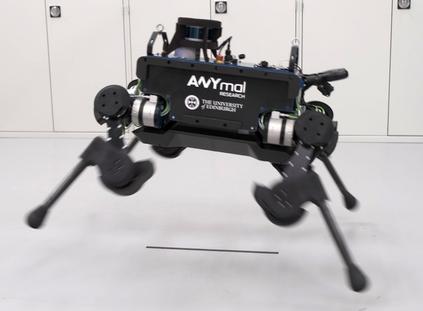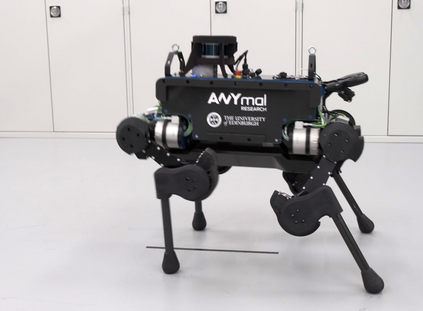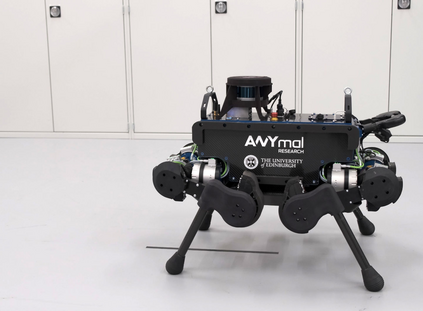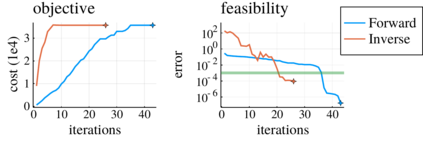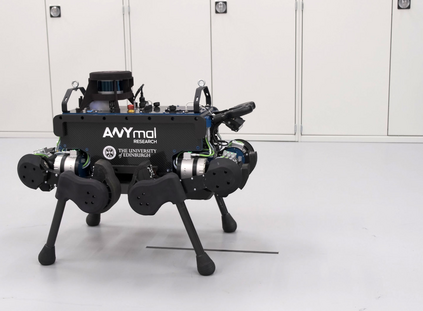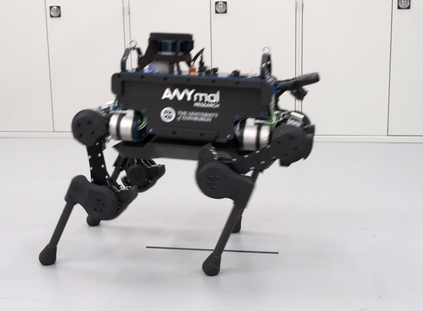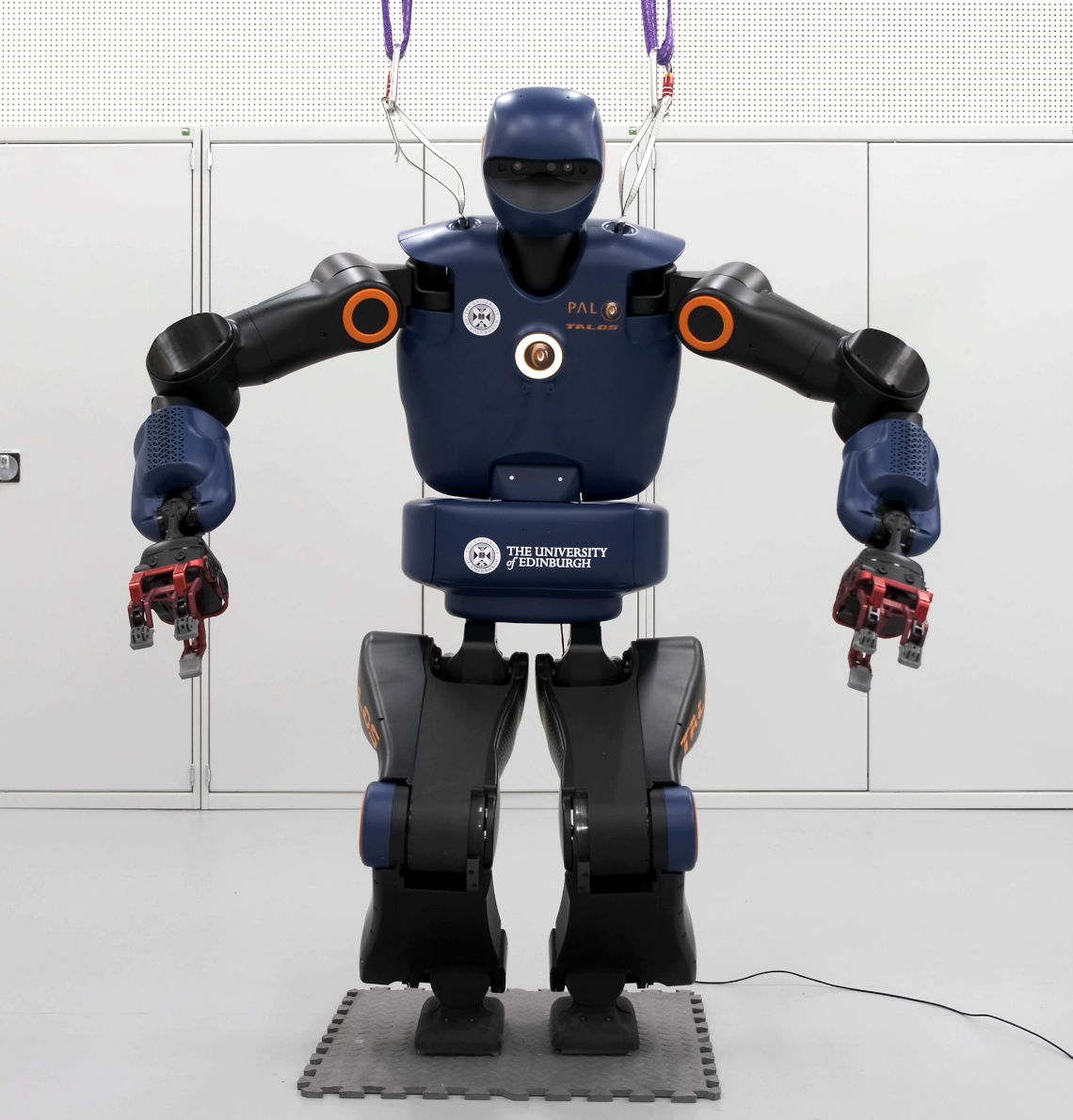
Benchmarks of state-of-the-art rigid-body dynamics libraries report better performance solving the inverse dynamics problem than the forward alternative. Those benchmarks encouraged us to question whether that computational advantage would translate to direct transcription, where calculating rigid-body dynamics and their derivatives accounts for a significant share of computation time. In this work, we implement an optimization framework where both approaches for enforcing the system dynamics are available. We evaluate the performance of each approach for systems of varying complexity, for domains with rigid contacts. Our tests reveal that formulations using inverse dynamics converge faster, require less iterations, and are more robust to coarse problem discretization. These results indicate that inverse dynamics should be preferred to enforce the nonlinear system dynamics in simultaneous methods, such as direct transcription.
翻译:最先进的僵硬体动态图书馆基准显示,比前方选择更好的业绩解决反动态问题。 这些基准促使我们质疑计算优势是否会转化为直接转录,因为计算硬体动态及其衍生物占计算时间的很大比例。 在这项工作中,我们实施一个优化框架,其中两种执行系统动态的方法都可用。我们评估了不同复杂系统的每种方法的性能,这些系统有僵硬的接触。我们的测试显示,使用反动态的配方会更快地聚集,需要较少的迭代,而且更强于粗略的分解问题。这些结果表明,反动态应更倾向于同时用直接转录等方法执行非线性系统动态。
